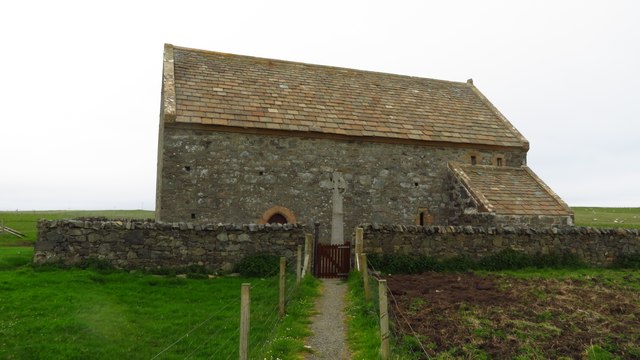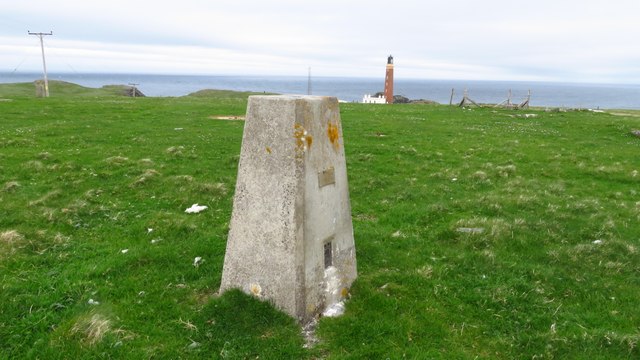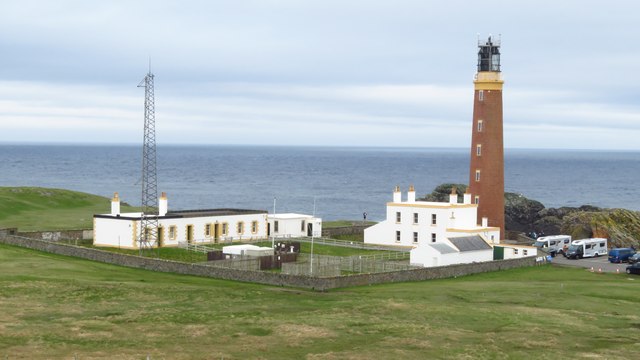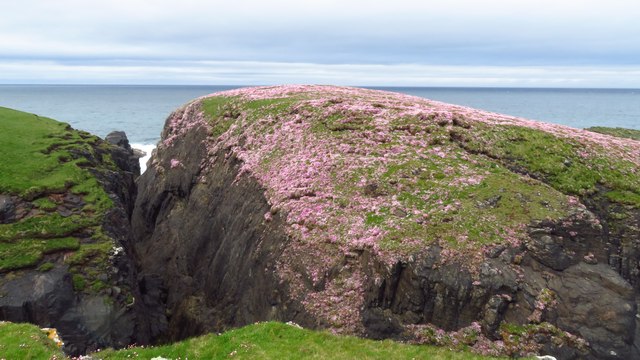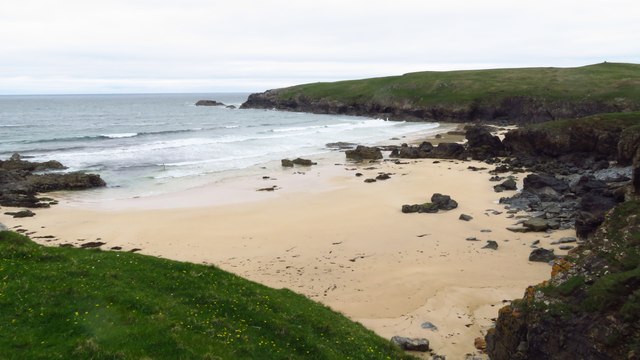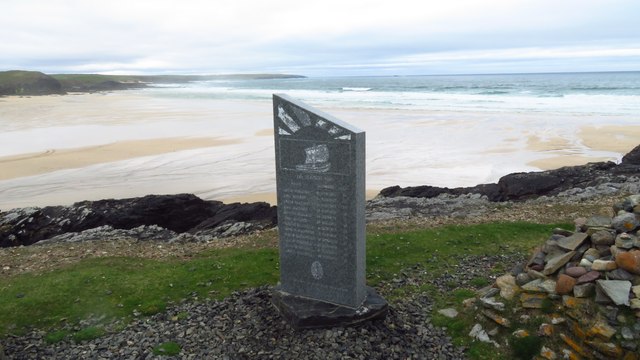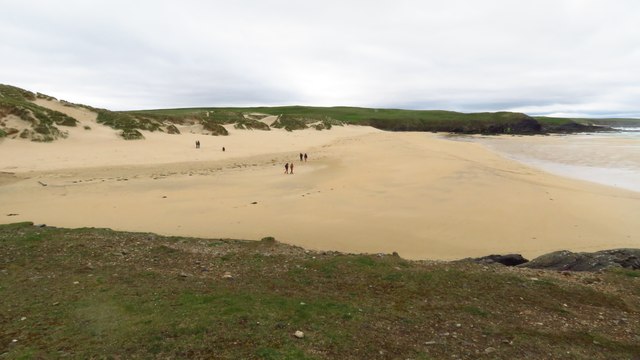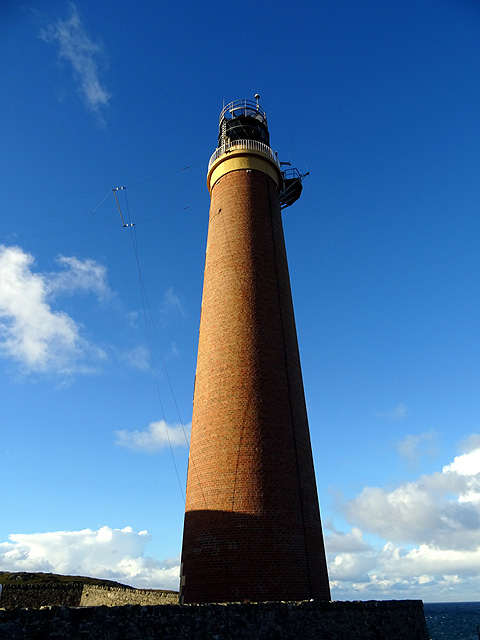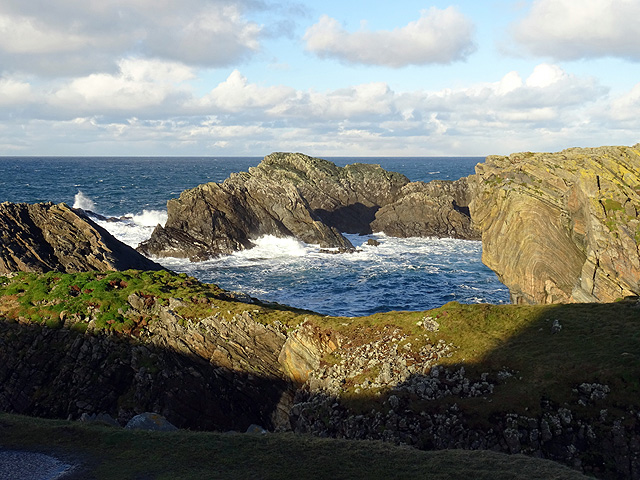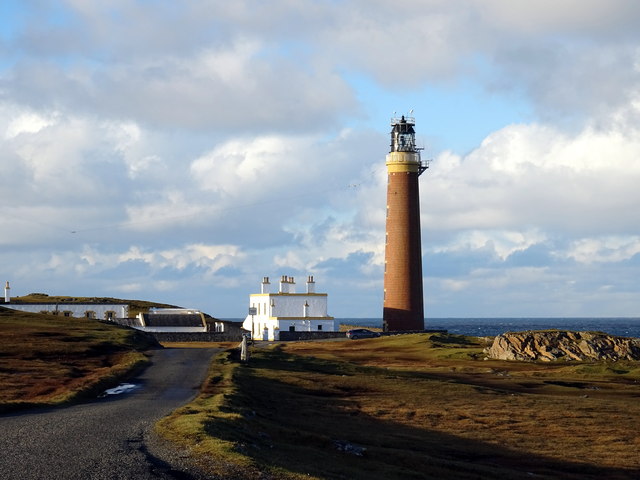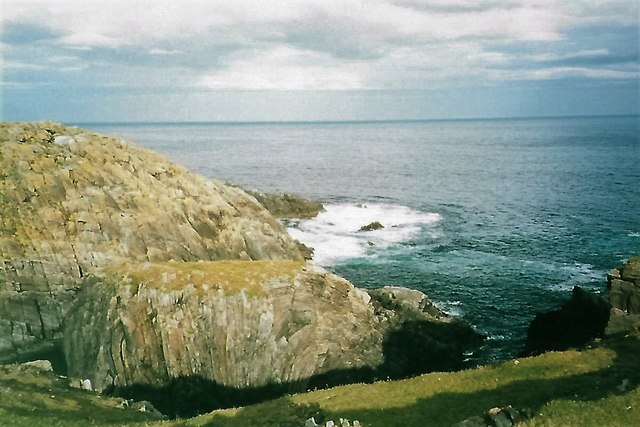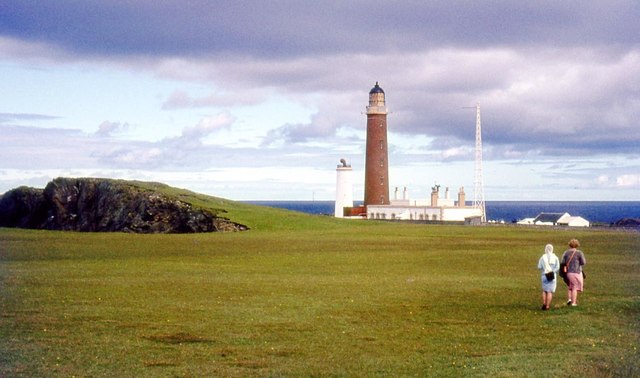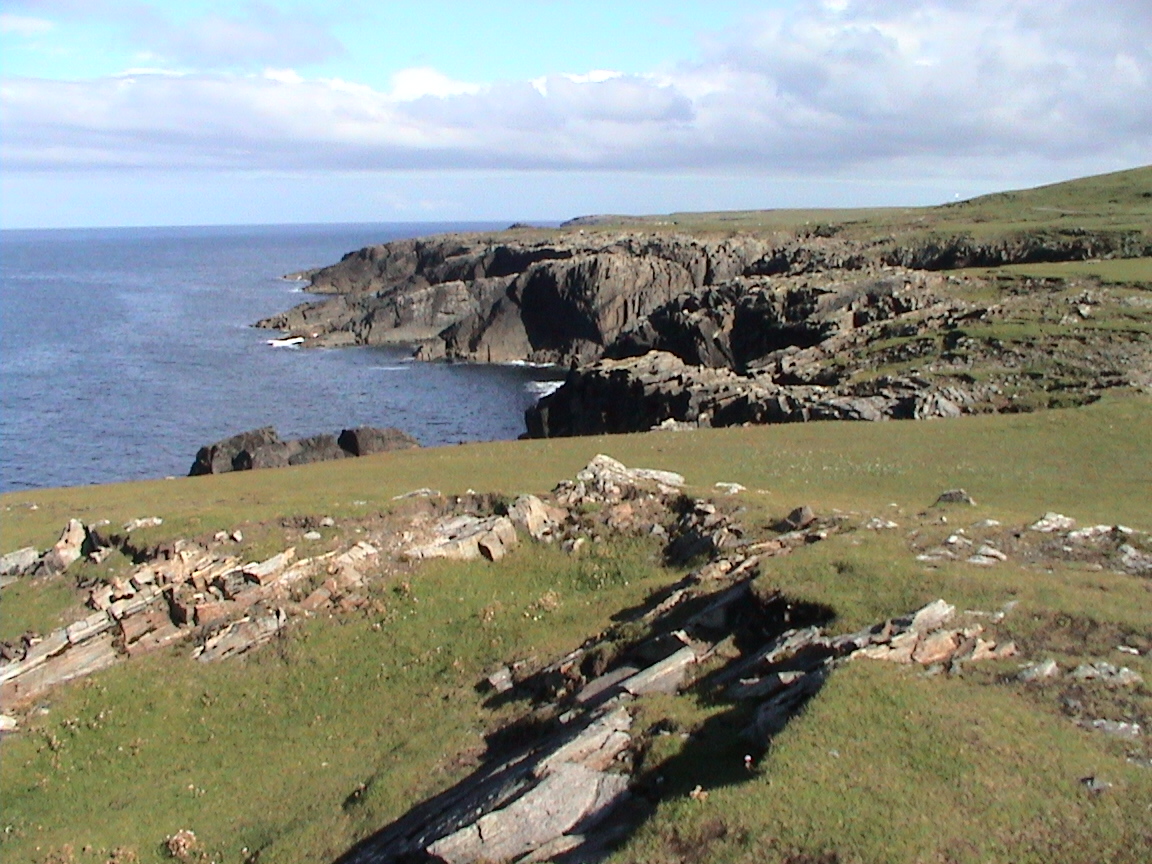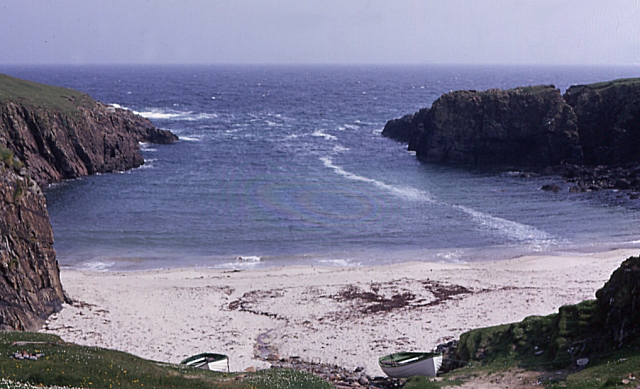Geodha Beag
Coastal Feature, Headland, Point in Ross-shire
Scotland
Geodha Beag
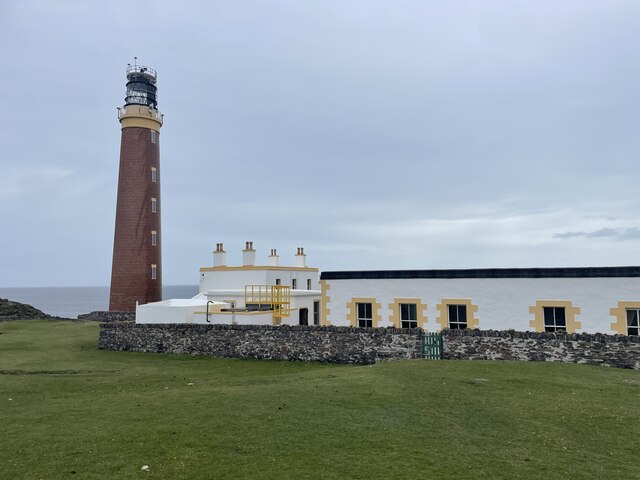
Geodha Beag is a prominent coastal feature located in the region of Ross-shire, Scotland. This stunning formation is classified as a headland or point due to its distinctive shape and position along the coastline. Geodha Beag is situated on the western coast of Ross-shire, overlooking the North Atlantic Ocean.
Rising up from the surrounding landscape, Geodha Beag offers breathtaking panoramic views of the rugged coastline and the vast expanse of the ocean. Its cliffs, which reach impressive heights, are composed of ancient rock formations that have been shaped by the constant battering of the waves over thousands of years.
The headland is characterized by its jagged edges and the presence of several small caves and crevices that have been carved out by the erosive action of the sea. These caves provide shelter for a variety of marine wildlife, including seabirds and seals, making Geodha Beag an important habitat for these species.
The headland is also known for its diverse flora, with hardy vegetation clinging to the rocky slopes. Wildflowers, such as sea pinks and thrift, add a splash of color to the otherwise rugged and barren landscape.
Geodha Beag is a popular destination for outdoor enthusiasts, offering opportunities for hiking, photography, and birdwatching. Its dramatic cliffs and unspoiled beauty make it a must-visit location for those seeking a true coastal experience in the heart of Ross-shire.
If you have any feedback on the listing, please let us know in the comments section below.
Geodha Beag Images
Images are sourced within 2km of 58.514362/-6.2672172 or Grid Reference NB5166. Thanks to Geograph Open Source API. All images are credited.

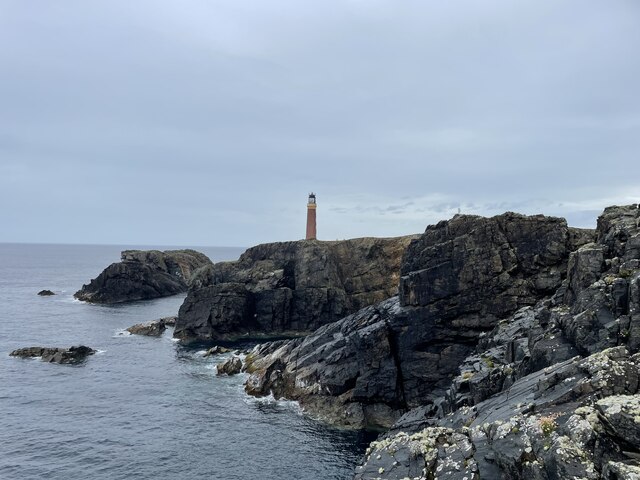
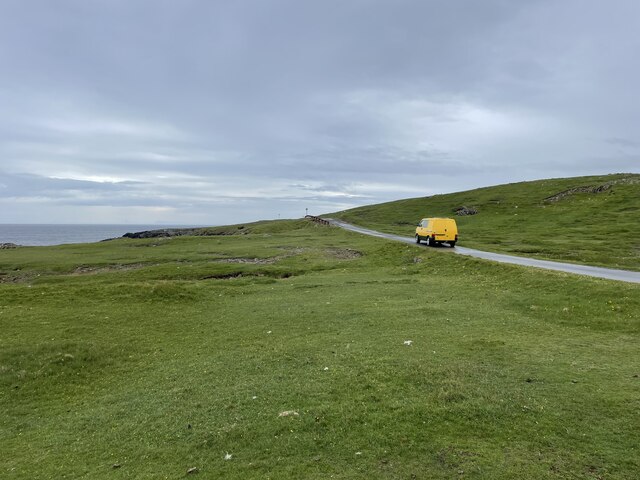
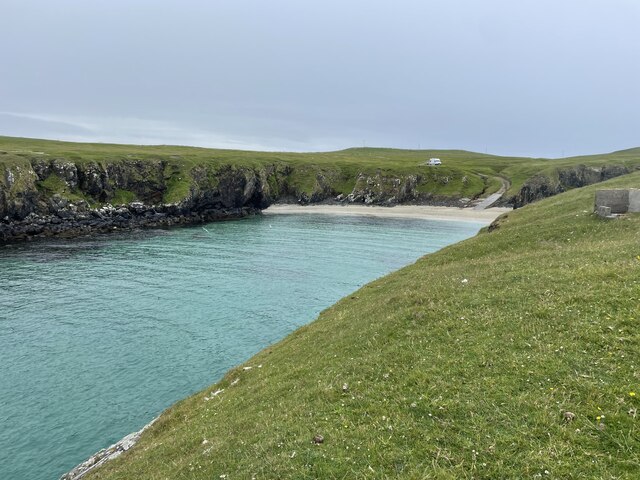
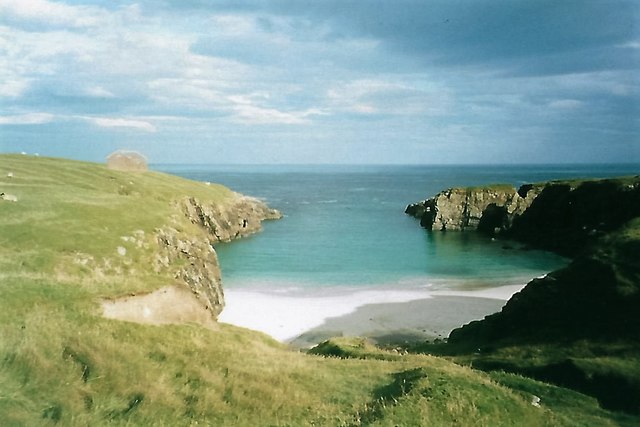
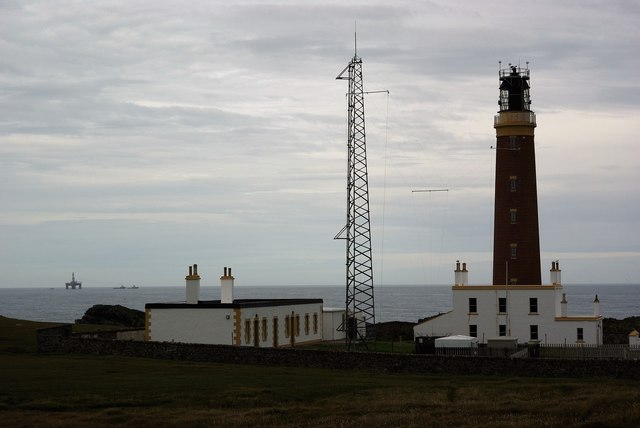
Geodha Beag is located at Grid Ref: NB5166 (Lat: 58.514362, Lng: -6.2672172)
Unitary Authority: Na h-Eileanan an Iar
Police Authority: Highlands and Islands
What 3 Words
///guarded.reception.positions. Near North Tolsta, Na h-Eileanan Siar
Nearby Locations
Related Wikis
Butt of Lewis
The Butt of Lewis (Scottish Gaelic: Rubha Robhanais) is the most northerly point of Lewis in the Outer Hebrides. The headland, which lies in the North...
Port Stoth
Port Stoth, known locally as Stoth and pronounced Stow, is a sheltered inlet just southeast of the Butt of Lewis in the Outer Hebrides, Scotland. It is...
Teampall Mholuaidh
St Moluag's church (Scottish Gaelic: Teampall Mholuaidh) is a church in the village of Eoropie in Ness in the Isle of Lewis in Scotland. It is one of the...
Eoropie
Eoropie (Scottish Gaelic: Eòrapaidh) is the most northerly village on the Isle of Lewis in the parish of Ness, in the Outer Hebrides, Scotland. Eoropie...
Nearby Amenities
Located within 500m of 58.514362,-6.2672172Have you been to Geodha Beag?
Leave your review of Geodha Beag below (or comments, questions and feedback).
